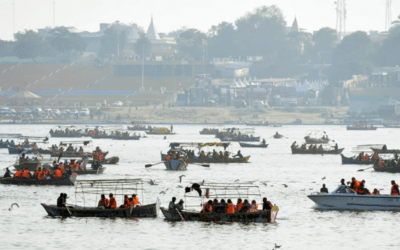What is Ecotourism?
Travel to natural areas that result in the conservation of the environment and helps in sustaining the livelihood of locals can be called ecotourism or sustainable tourism. In other words, it is nothing but traveling responsibly. The primary goal of ecotourism enthusiasts is to travel keeping the well-being of the environment in mind and help the locals of that area. It is the need of the hour to reduce the impact of tourism and boost opportunities for locals.
Why is it necessary?
Ecotourism promotes social awareness and aims to instill a sense of responsibility towards the conservation and protection of nature in its original self. It also aims at providing employment opportunities for skilled and unskilled workers to locals especially women. This helps locals earn a livelihood while catering to the needs of tourists.
Climate activists and nature lovers have shown growing concern for the negative effects that tourism has on the environment and that is where sustainable tourism comes into action.
The first step is to make travelers aware of the environmental wealth and the initiatives to conserve that wealth. Sustainable tourism helps develop remote areas, bring tribal communities to notice, and helps preserve wildlife in its natural habitat. The revenue generated helps in long-term economic growth.
Ecotourism in India
India is a vastly diverse country with mountains, lush green jungles, national parks, tea plantations, and islands within its topography. Hence tourism in India lies in the lap of nature. This provides immense scope for tourists to enjoy Mother Nature in the rawest and real way.
The first place to begin planned ecotourism in India is Thenmala, located in Kerala. It set an example of how tourism can help sustain the ecosystem. Since then many travel destinations have switched to ecotourism.
Here are 7 such ecotourism destinations in India
1. West Bengal- Sunderbans biosphere reserve
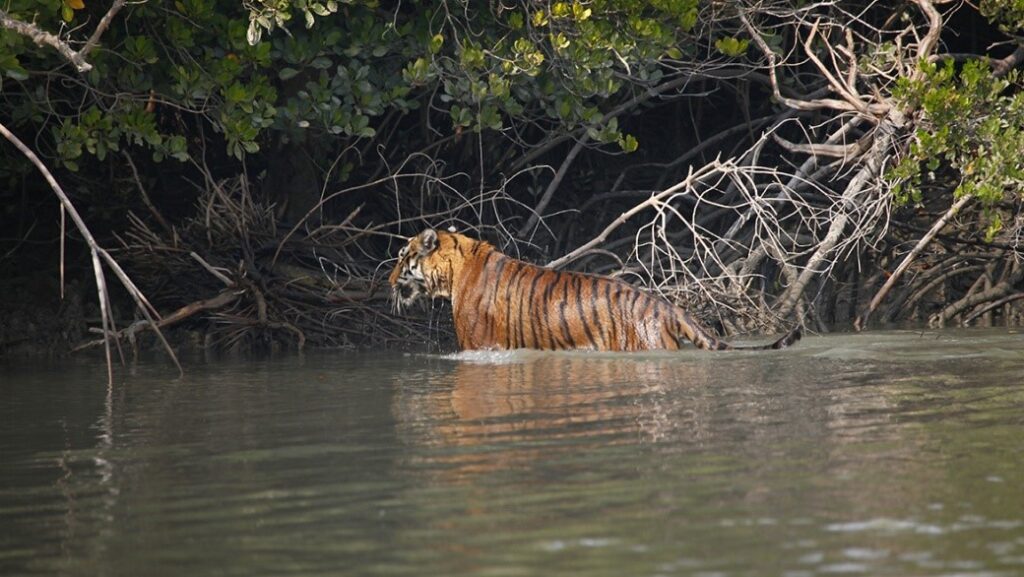
Sunderbans comprises 40% of the total forest area of our country and contributes about half of the forest-related revenue. It is a unique ecosystem consisting of dense mangrove vegetation, the famous Royal Bengal tiger, and various such animal species. It is located in the Delta region at the mouth of the Bay of Bengal. It attracts tourists both national and international and provides opportunities for a number of outdoor activities. Some of them are spotting the Royal Bengal tiger unique to the Sunderbans, bird watching at Sajnekhali, boat safari through the jungle, touring local villages, and shopping tribal handicrafts. The Sunderbans fragile mangrove system and its population of wild animals can be conserved with sustainable tourism.
2. Meghalaya- Tribal villages
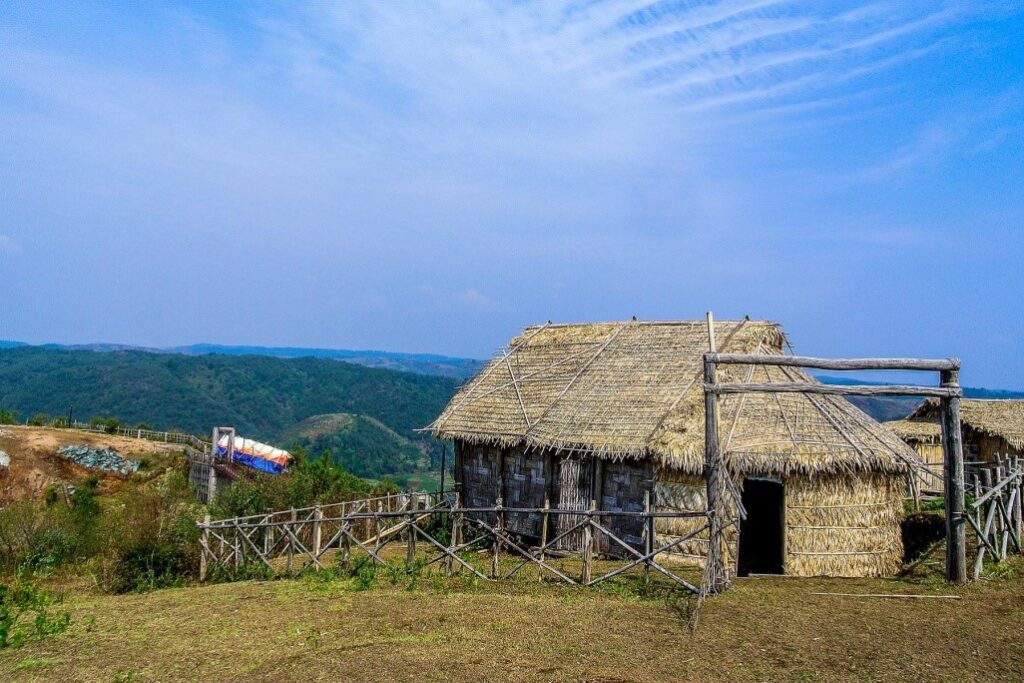
Rainforests have always been a major tourist attraction for nature lovers. Meghalaya in the northeast is covered with rainforests with different species of flora and fauna as well as migratory birds. In the past few years, the government has been focusing on tackling poverty and unemployment by means of tourism. Locals are involved in areas of hospitality such as homestays. There are various Khasi tribal markets selling local handicrafts. The wildlife sanctuaries and bird sanctuaries are the main tourist spots. Hiking through the rainforests and visiting the waterfall sites are other things to do.
3. Nagaland – Dzuleke
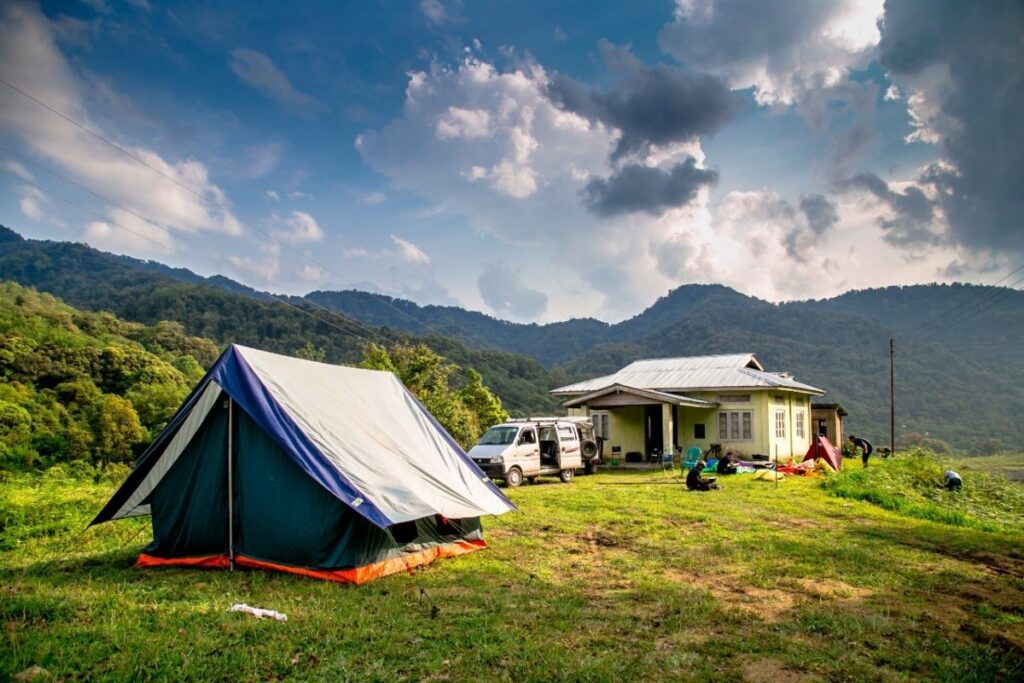
Many villages in Nagaland have been developed as centers for ecotourism. It showcases the rural lifestyle of people, the pattern of agriculture, and their culture. Things to do here would be fishing with locals, trekking in the wild, and visiting the trout breeding center.
4. Ladakh – Wetland conservation reserve
Ladakh is located at the southernmost extension of the Karakoram range. It is a cold desert famous for its barren plateaus and uplands. Tourists are encouraged to stay in the homestays with the Ladakhi people. Tourists can indulge in activities like trekking, white water rafting, wildlife safaris, and visit monasteries.
5. Madhya Pradesh – Kanha National Park

It is located in the center of Madhya Pradesh at a height of 600 to 900m above sea level. It is one of the world’s best tiger reserves with over 1940 sq. km of dense forest. The park consists of huge plateaus with vast grasslands. Since villagers inhabited this place earlier, there still remain a number of meadows inside the park. The major wildlife attractions are the blackbuck, leopards, barking deer, etc. One of the most joyous safaris to enjoy would be the elephant ride through the jungle.
6. Kerala – Backwaters
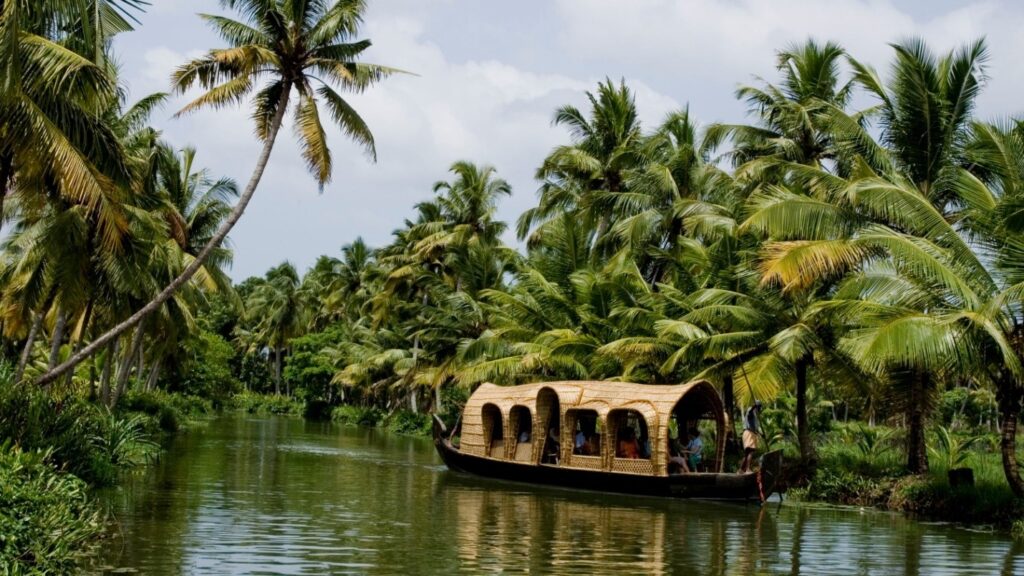
Tea plantations, Western Ghats, beaches, and wildlife parks Kerala has something to interest everyone, the most popular among them being the backwaters. Kerala is also one of the best examples of ecotourism in India. Traditional boats and houseboats called Kettuvallum managed by locals are used to navigate the backwaters. The houseboats are solar-powered and the triplets tourists experience authentic Keralite food.
7. Goa – Wildlife sanctuaries

It is the beach capital of our country however it is not just about sand and seas. Harboring 276 types of animals and 48 types of mammals it has 3 wildlife sanctuaries and 1 bird sanctuary. The most famous of these, the Bhagavan Mahavir Wildlife sanctuary near the Dudhsagar falls is a must-visit. The concept of ecotourism is growing at a fast pace. The government has assigned a 13 member council, called the ecotourism society of India. India has an immense diversity of flora and fauna and such initiatives will help conserve them and promote the need for responsible tourism.





